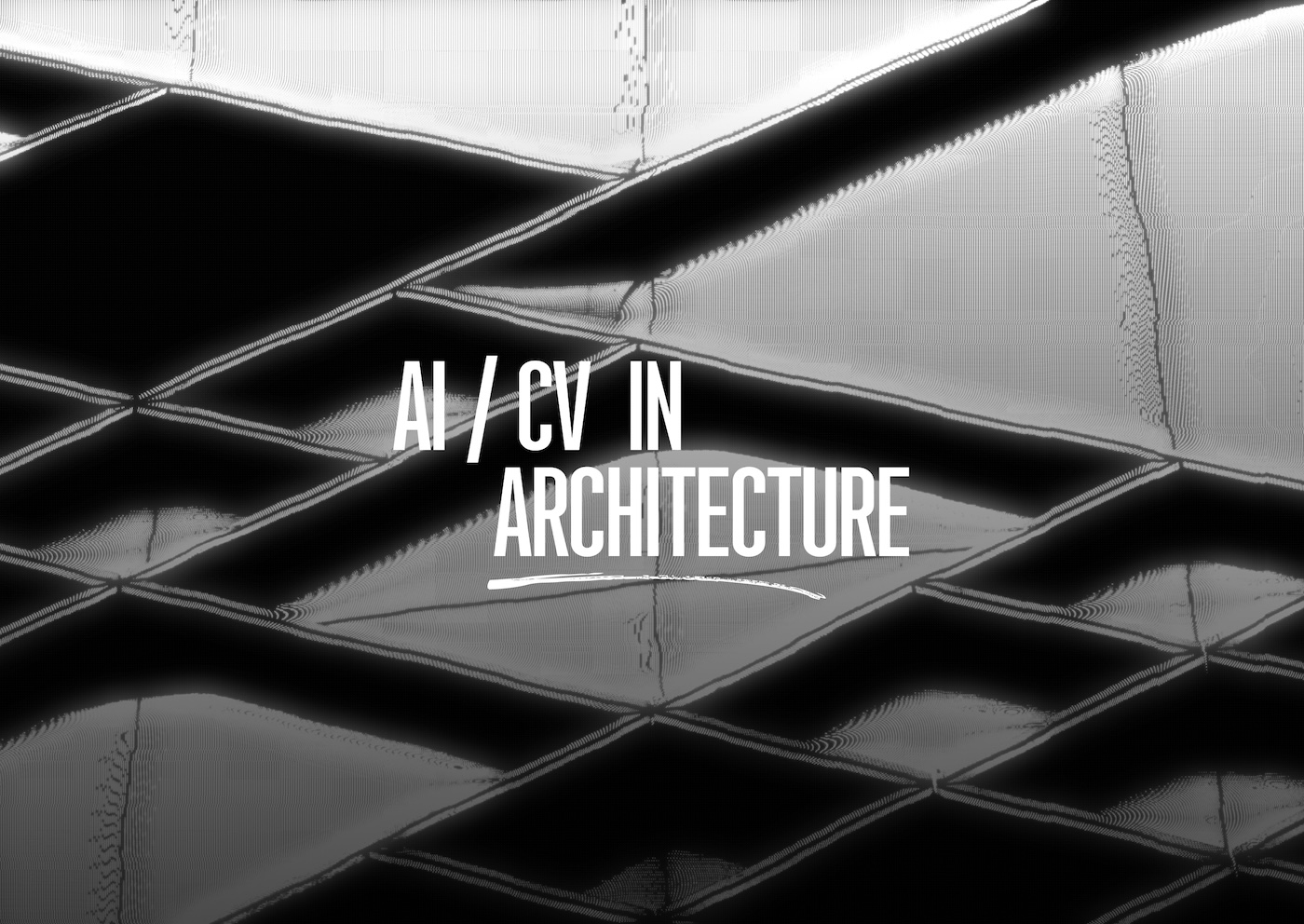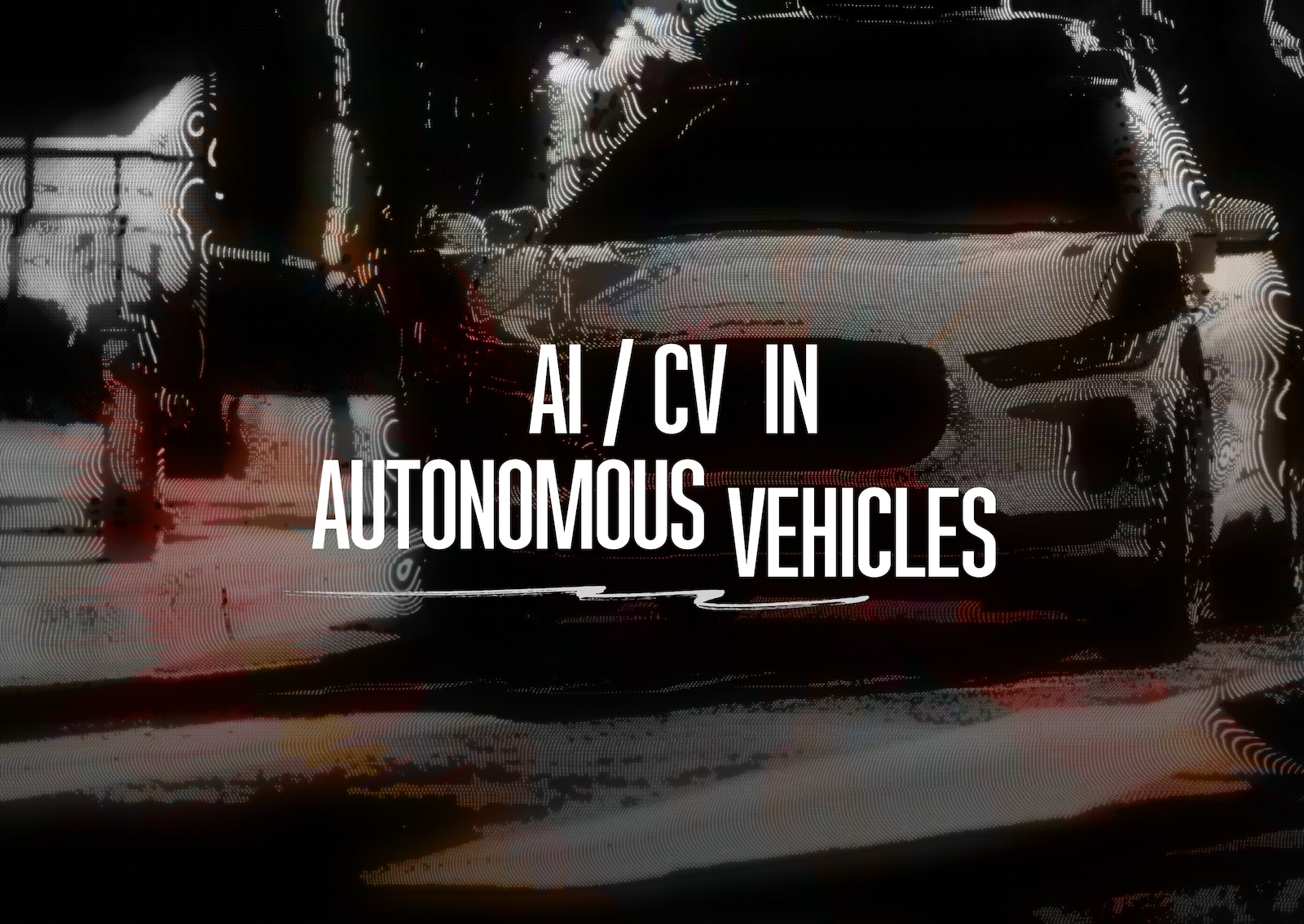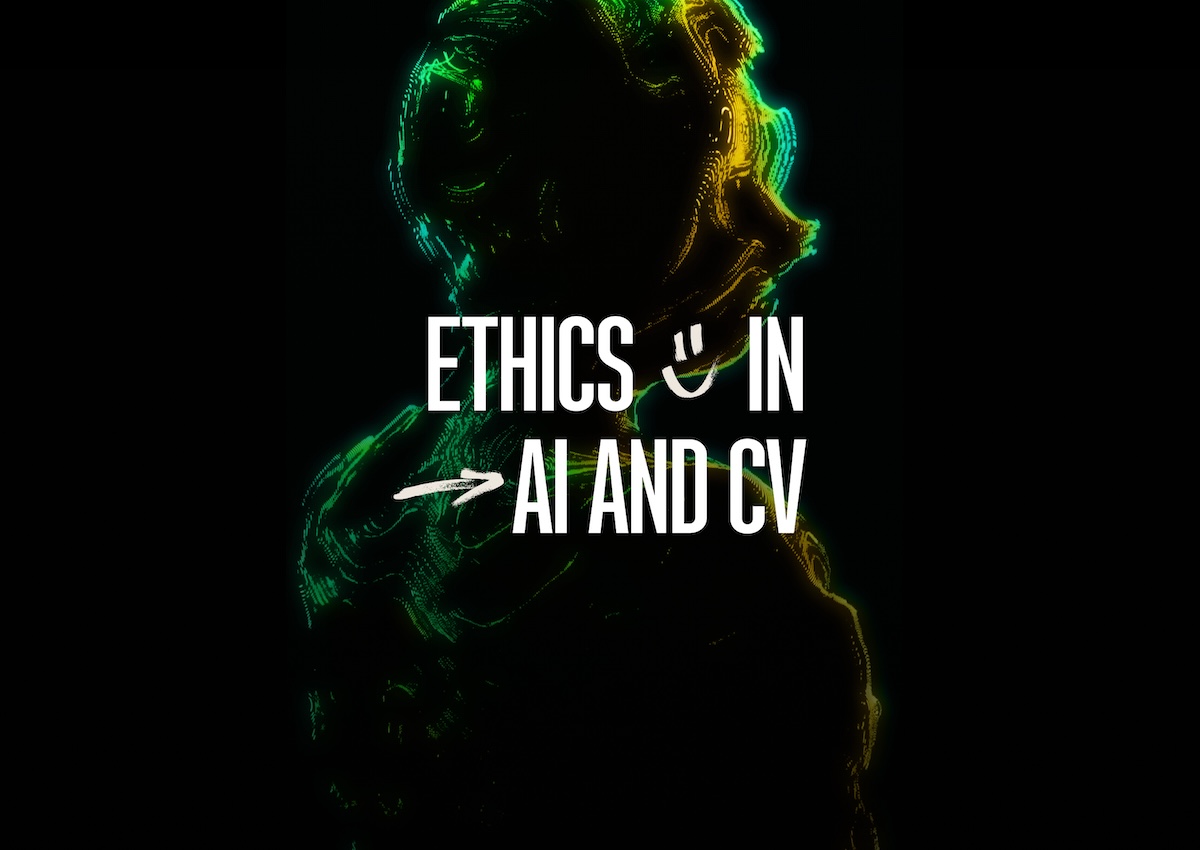
Bounding boxes are not enough anymore (for a majority of tasks)

AI in Architecture

AI in driverless cars


Use camera object tracking for cashier-less checkout systems in your retail store. Multiple object tracking algorithms track each customer and their selections, allowing businesses to determine in real time which products the customer is placing in their cart, and then generate an automatic receipt as the customer passes through the checkout area.

With OpenCV.ai's real-time object tracking, you can reduce inventory errors, prevent losses, and improve supply chain efficiency. You know where your products are, whether they are in the warehouse, in transit, or at the customer's location. The system uses image and video tracking and highlights missing items early, saving you time and money.

With real-time multiple object tracking, you equip autonomous vehicles with a real-time understanding of the dynamic world around them and enable them to navigate safely and efficiently. They can identify objects and track moving objects on the road, predict their future trajectory, and handle unexpected situations.

Adopt real-time object tracking with OpenCV.ai and track objects and people in high-risk locations such as shops, casinos, and warehouses. Algorithms will detect suspicious activity in real-time, automatically notify security services, and prevent theft before it occurs.

Multiple object tracking allows you to identify potential hazards, such as open manholes, slippery surfaces, and faulty equipment, before they lead to accidents. The system can send notices when employees do not follow safety rules or when equipment starts malfunctioning.

The government can also benefit from video object tracking by optimizing traffic lights, public transport, and garbage collection routes, as well as making safer pedestrian crossings and increasing safety in public places.















Even though we are associated with the well-known OpenCV library, we at OpenCV.ai don't restrict our efforts to just this library. We offer the development of multi-object tracking algorithms to support our clients’ initiatives in transforming their businesses with visual intelligence.
It is a computer vision technology that automatically detects and tracks objects in a video stream or image sequence. It's a critical technology that enables organizations to analyze and understand the behavior of objects in their field of view, predict their future movements, and improve in-place control and monitoring.
Human pose estimation is a computer vision technique that involves detecting and localizing human figures in images or videos, and then estimating the person's pose by identifying key points on the body, such as the joints of the limbs and the head. This technology makes it possible to understand human posture, movement, and actions.
The process of object tracking is made up of four essential phases: detection, tracking, prediction, and recognition. At the detection phase, the system locates objects that are of interest in the image or video. Then algorithms track these objects as they move over time. Prediction involves forecasting where objects will be in the future, given their current trajectory. Lastly, the recognition phase is when the system determines what the objects are.
We mentioned in the beginning how beneficial object tracking is in its numerous applications.
You can encounter the use of the technology in:
In Augmented Reality, object tracking enables AR systems to recognize and track physical objects in the real world. This allows virtual objects or information to be overlaid accurately onto the real-world environment, creating an interactive experience for the user.
This object tracking superpower unlocks a new world of possibilities in AR — virtually trying on clothes before you buy them, learning about history by overlaying information on landmarks, or overlaying step-by-step instructions on the machine you are repairing. Even gaming and entertainment are getting a boost with AR games that use object tracking to create interactive experiences where virtual objects interact with physical markers.
Object detection is the method of locating objects within frames in a video or a photo. This process includes identifying the presence and position of objects, but it doesn't always track their movements over time. In contrast, object tracking is the ongoing process of identifying and tracking the motion of objects through a series of images or video frames. It is built on object detection algorithms and also incorporates the time aspect to follow objects as they move.
Object tracking is used in many areas. In security systems, it keeps an eye on people, vehicles, and anything else important to assist in intrusion detection and overall security. For self-driving cars, it is essential to detect and track other cars, pedestrians, and obstacles on the road.
Object tracking-based video analysis allows us to count people in a crowd, track animal movements, or even study human behavior in research. It is also used to monitor the movement of goods in inventory management and logistics, track the movement of customers and what they pick, and much more.



